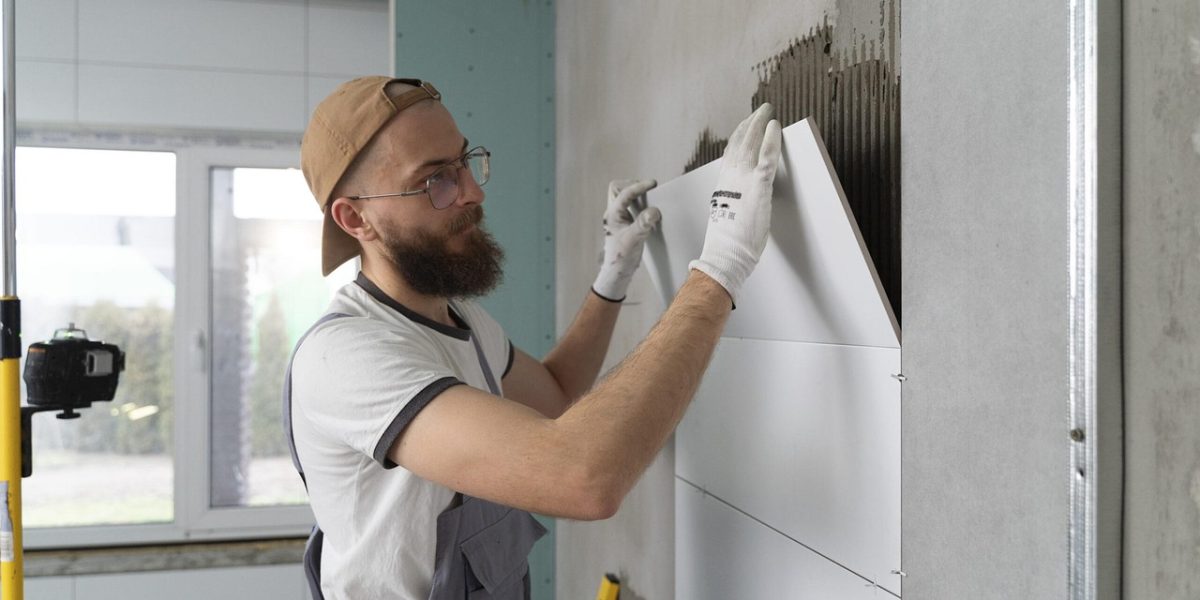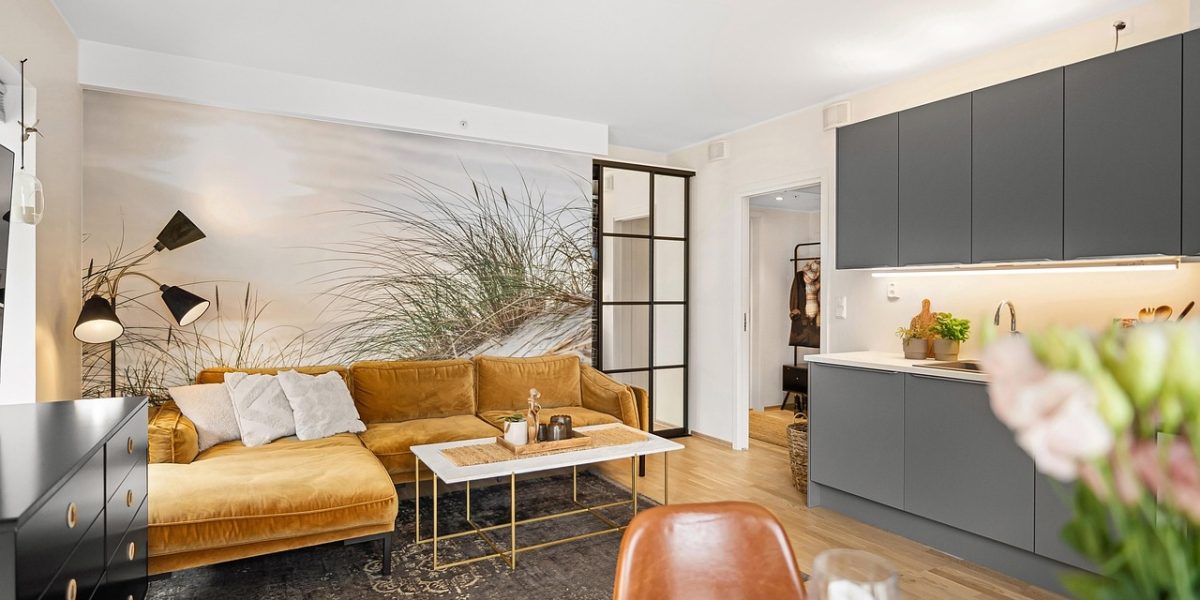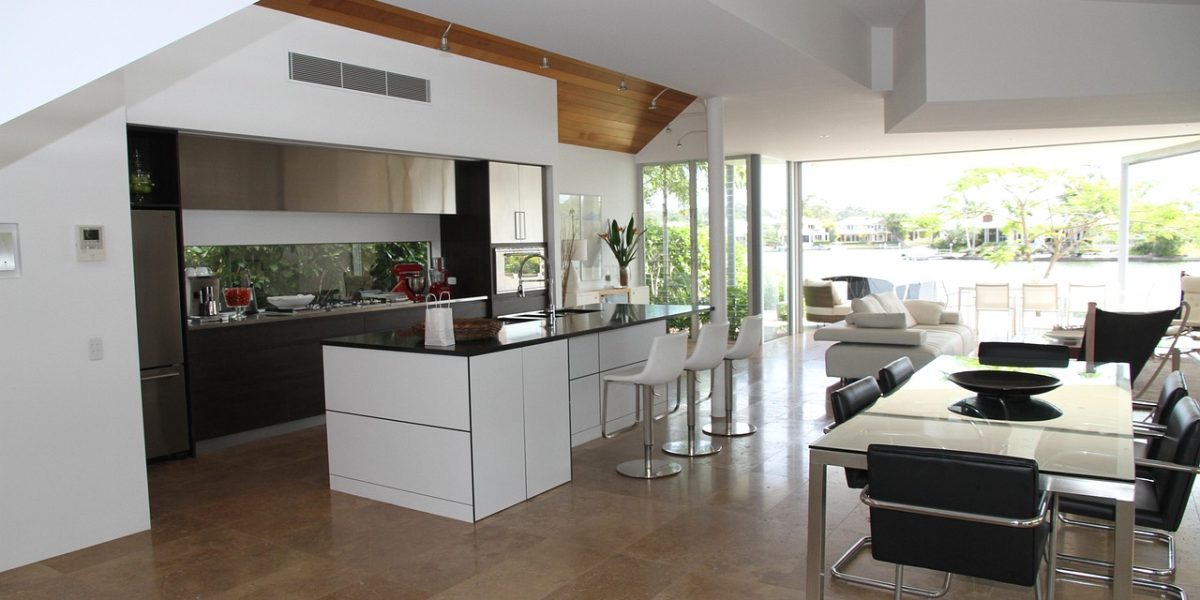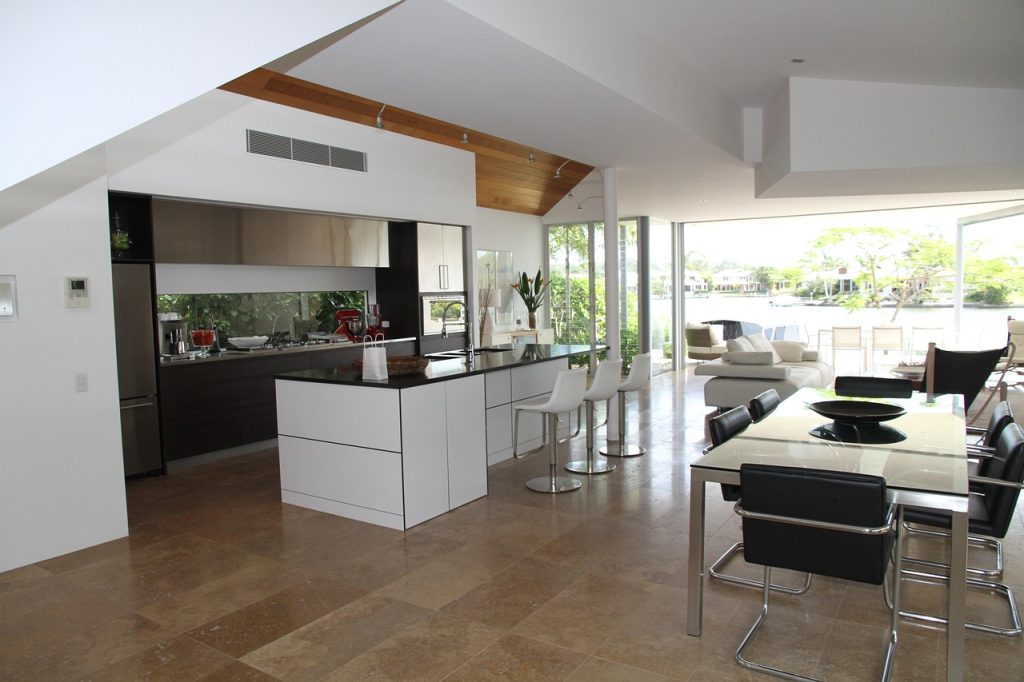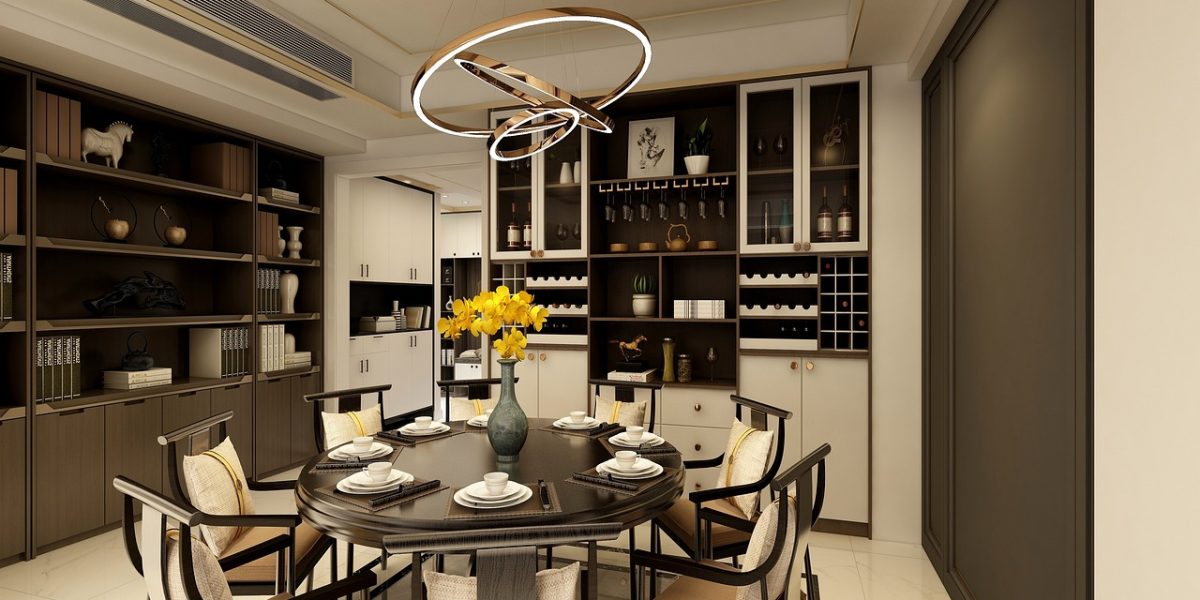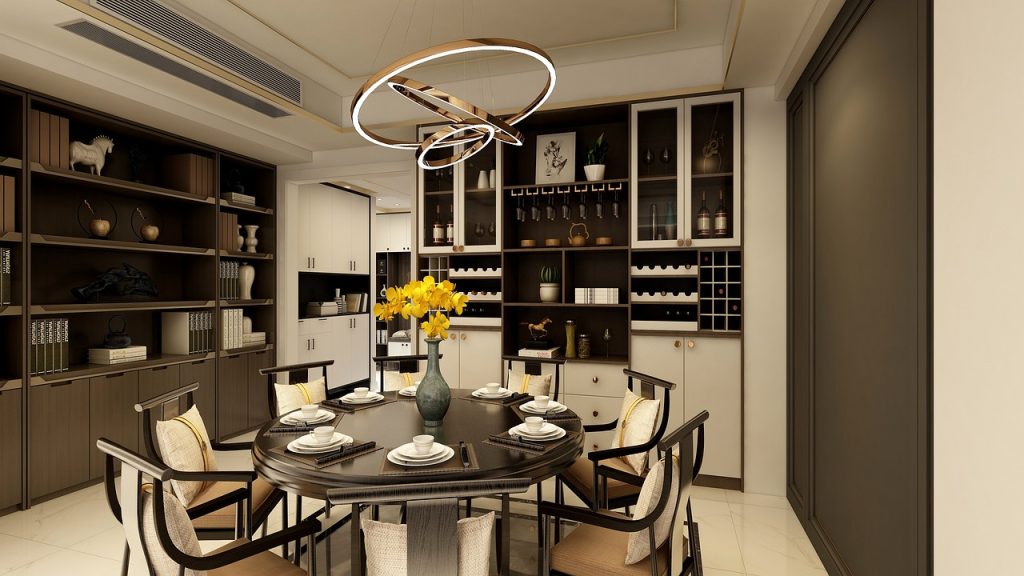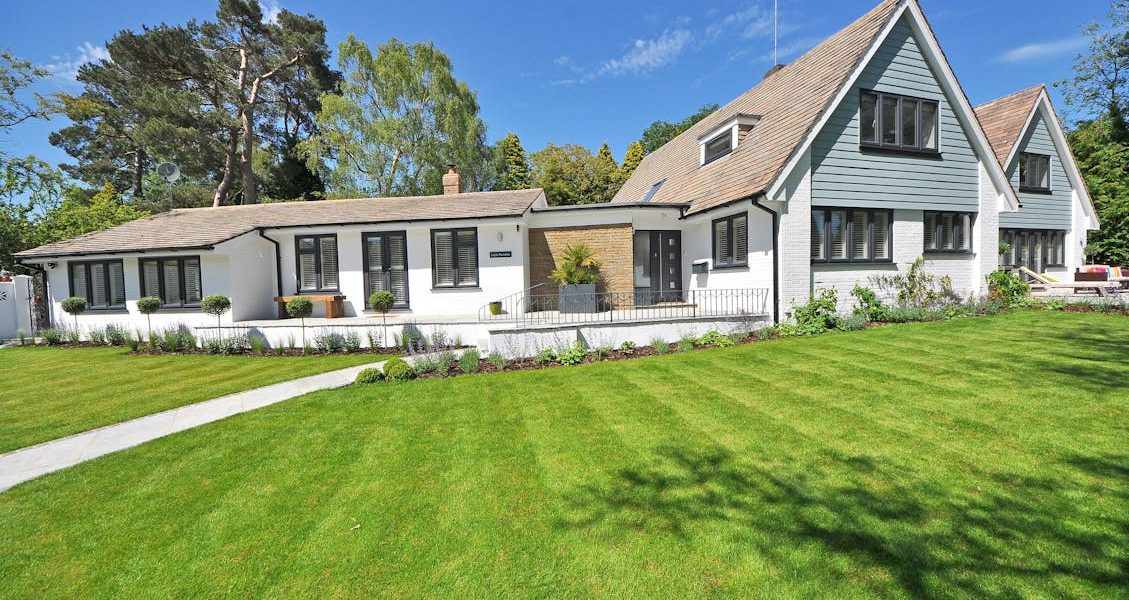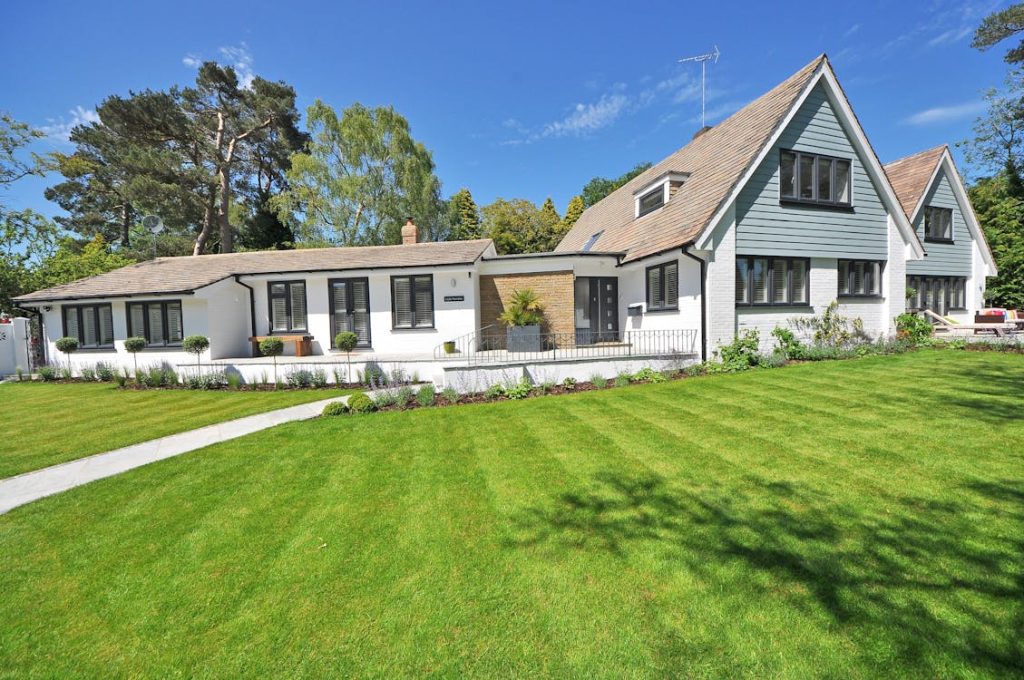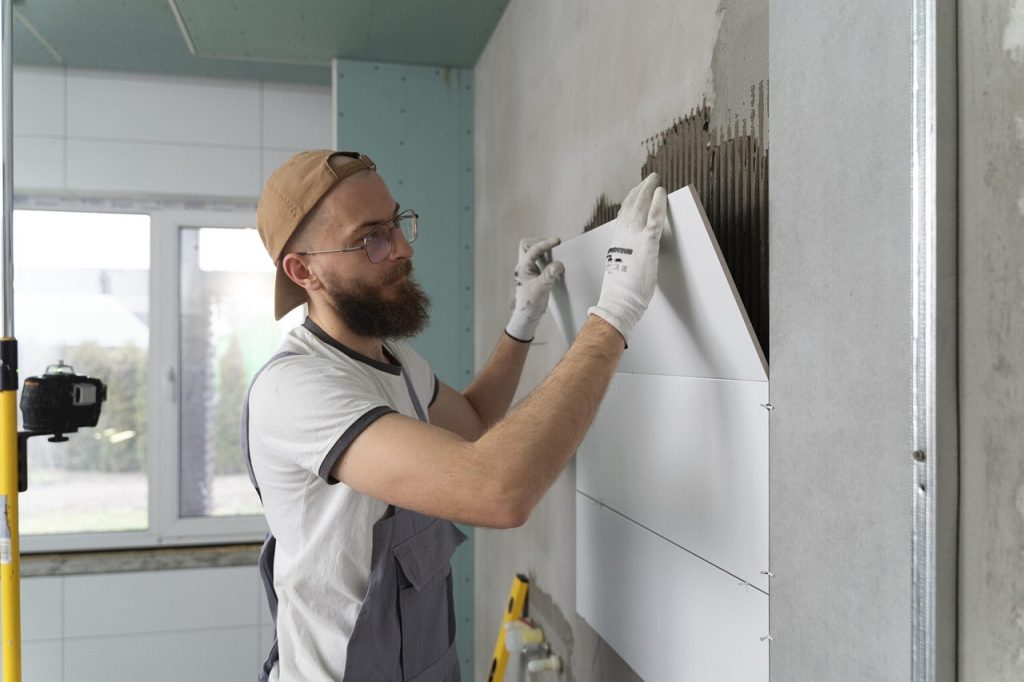
Choosing the wrong contractor can turn your dream renovation into a costly nightmare filled with delays and poor workmanship. Finding a trusted home renovation Toronto professional requires careful research and systematic evaluation of potential candidates.
Start With Proper Research Methods
Online reviews provide valuable insights into contractor performance and customer satisfaction levels. Check multiple review platforms including Google, Better Business Bureau, and specialized trade websites for comprehensive feedback.
Ask neighbors, friends, and family members about their recent renovation experiences and contractor recommendations. Personal referrals often lead to the most reliable contractor relationships because people share honest opinions about their experiences.
Verify Credentials and Insurance
Licensed contractors demonstrate commitment to professional standards and legal compliance in their trade. Request copies of current licenses, insurance certificates, and bonding documentation before considering any contractor seriously.
Contact your provincial licensing board to verify contractor credentials and check for complaints or violations. Insurance coverage protects both you and the contractor from liability issues during construction projects.
Request Multiple Detailed Quotes
Professional contractors provide written estimates that break down materials, labor, and timeline expectations clearly. Compare at least three quotes to understand market pricing and identify unusually high or low bids.
Detailed quotes help you evaluate contractor understanding of your project scope and requirements. Be wary of contractors who provide verbal estimates or refuse to put pricing in writing.
Check References and Past Work
Reputable contractors willingly share references from recent customers and examples of completed projects. Contact previous clients to ask about work quality, timeliness, communication, and overall satisfaction levels.
Visit completed projects when possible to see contractor workmanship firsthand and talk with homeowners directly. This step reveals important details about contractor reliability and attention to detail that references might not mention.
Evaluate Communication Skills
Strong communication prevents misunderstandings and keeps projects running smoothly throughout the construction process. Pay attention to how quickly contractors respond to calls, emails, and questions during initial consultations.
Professional contractors explain technical details in terms homeowners can understand without talking down to clients. Clear communication about timelines, challenges, and changes helps maintain positive working relationships during stressful renovation periods.
Review Contract Terms Carefully
Comprehensive contracts protect both parties by clearly defining project scope, materials, timelines, and payment schedules. Never begin work without a signed contract that includes specific details about your renovation project.
Important contract elements include:
- Detailed project specifications and materials lists
- Clear timeline with milestone completion dates
- Payment schedule tied to project completion stages
- Change order procedures for project modifications
- Warranty information and cleanup responsibilities
- Permit acquisition and inspection coordination details
Understand Payment Structures
Legitimate contractors request reasonable down payments, typically 10-20% of total project cost for materials and scheduling. Avoid contractors demanding large upfront payments or full payment before work begins.
Payment schedules should align with project milestones and completion stages rather than arbitrary dates. This approach protects your investment while providing contractors with necessary cash flow for materials and labor.
Assess Project Management Abilities
Experienced contractors coordinate multiple trades, manage material deliveries, and handle permit requirements efficiently. Ask potential contractors about their project management systems and how they handle scheduling conflicts or delays.
Professional contractors maintain organized job sites with proper safety protocols and waste management procedures. Site organization often reflects overall contractor professionalism and attention to detail throughout the project.
Trust Your Instincts
Personal comfort level with contractors matters because you’ll work closely together for weeks or months. Choose contractors who listen to your concerns, answer questions patiently, and demonstrate genuine interest in your project success.
Red flags include high-pressure sales tactics, door-to-door solicitation, or contractors who seem rushed during consultations. Take time to make informed decisions rather than rushing into contracts with unfamiliar contractors.
Final Selection Considerations
Balance cost considerations with contractor qualifications, references, and communication skills when making your final choice. The lowest bid rarely represents the best value when quality workmanship and reliability matter most.
Document your contractor selection process and keep all paperwork organized for easy reference during the project. Good preparation and careful contractor selection create the foundation for successful renovation experiences that meet your expectations and budget requirements.
Contact Heidan Construction today. Our seasoned experts will help you make your renovation dreams a reality. Call us today.
